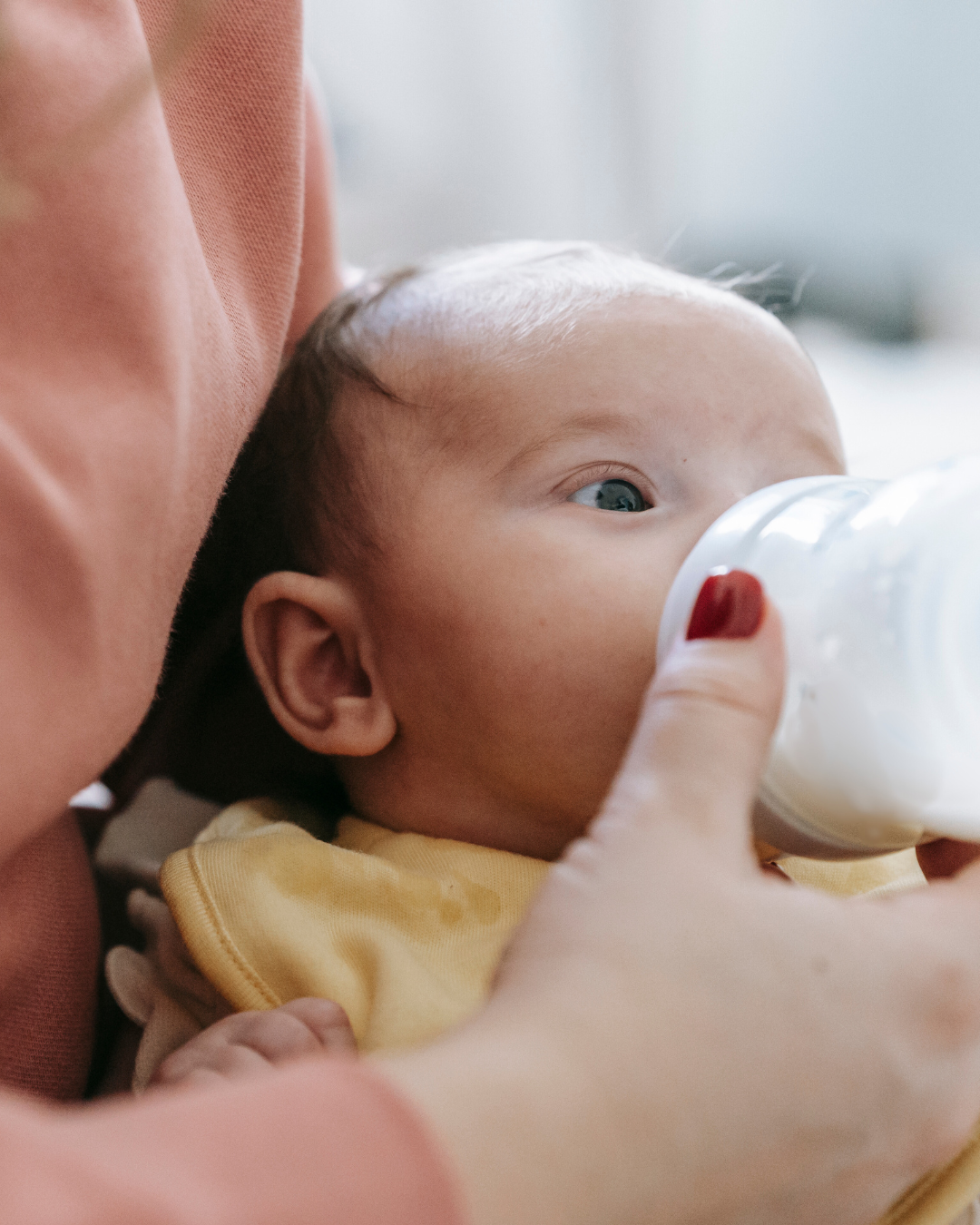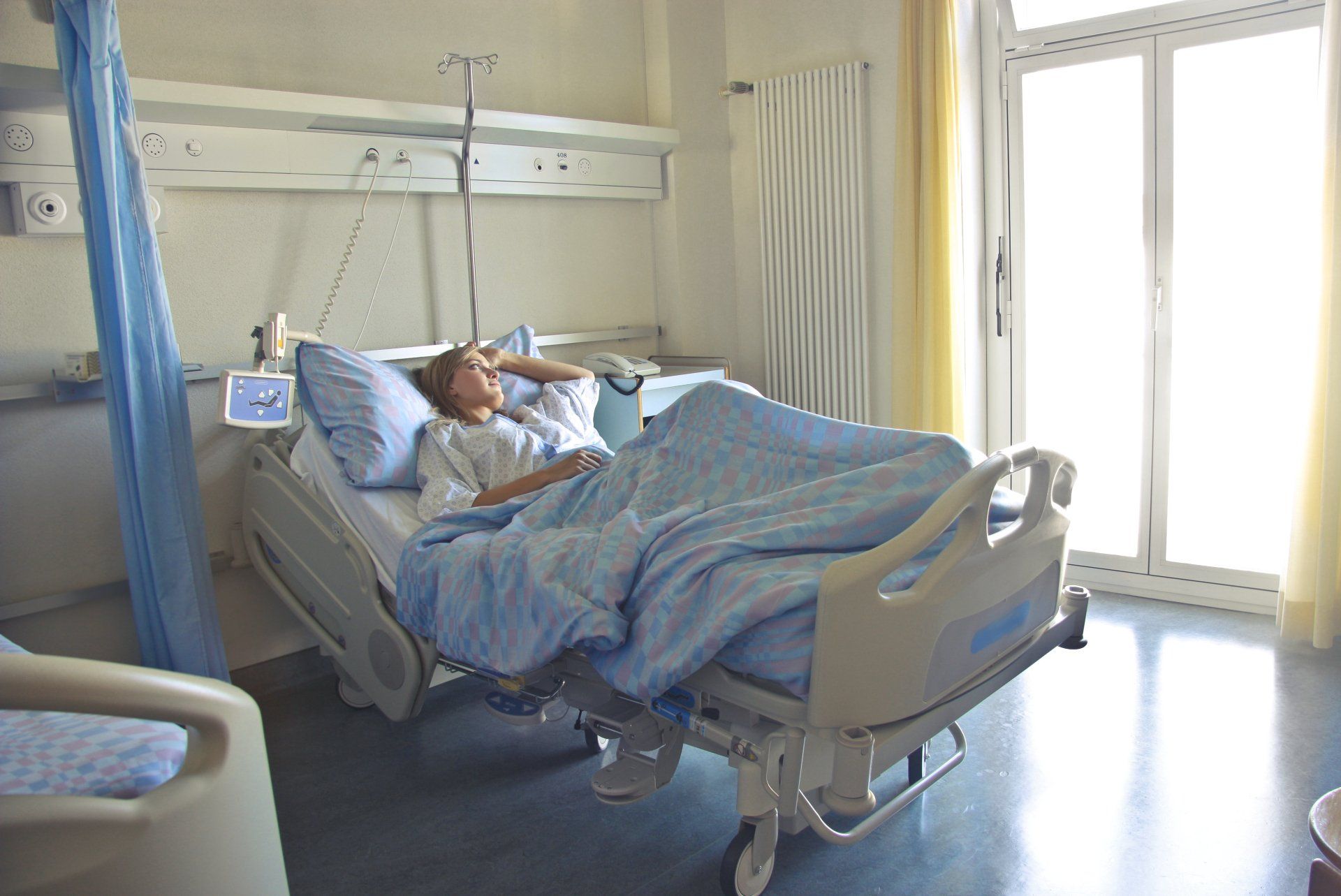Guest Blog by Laura Carbery, owner of Hungry Munchkins
Laura is a mum of 3 and is lover of all things food and cooking. She is a Ballymaloe trained chef, food product developer and a voluntary breastfeeding counsellor with Cuidiú. Laura is passionate about supporting parents feed their babies and children with confidence. Laura has also trained in the SOS approach to treating fussy eaters and loves to help parents create successful and stress-free mealtimes.

Starting Your Baby on Solid Foods
- What your baby eats at 9 months is a picture of what your baby will eat when they are 5 years of age. The window between 6 - 9 months is therefore a really important time to introduce your baby to a huge variety of flavours and textures.
- Babies’ iron stores are becoming depleted by 6 months of age, so the introduction of iron rich foods is required for brain development.
When to begin weaning
The World Health Organisation, HSE & SACN recommend starting solids when your baby is around 6 months. The exact timing of starting weaning will depend on your baby’s development.
Watch for these 3 main signs that your baby is ready to start on solids:
Head/Neck Control
Your baby has good head control and can sit up with minimal support.
Hand/Eye Coordination
Your baby can coordinate their eyes; hands and mouth so that they pick up food/toys and put it in their mouth by themselves.
Tongue Thrust Reflex
Your baby needs to be able to move food from the front to the back of their mouth and then swallow it. Babies who are not ready will push all the food back out of their mouth.
Some signs that can be mistaken for a baby being ready for solid foods:
- Chewing fists – (may be teething)
- Waking in the night when they have previously slept through - (sleep regression)
- Wanting extra milk feeds - (growth spurt)
These are normal behaviours and not necessarily a sign of hunger or being ready to start solid food. Starting solid foods won't make them any more likely to sleep through the night.
Don't wean before 4 months (17 weeks).
- Your baby’s digestive systems won’t have formed properly yet, so feeding them anything other than their milk before this time could be quite harmful.
- There’s an increased risk of allergies, type1 diabetes and coeliac disease in babies that are weaned onto solid foods too early.
First Foods
The weaning process is gradual and takes place over 3 stages. Breast milk or formula is still the most important food for your baby up until 1 year of age. As solid food slowly increases, breastfeeding or bottle feeding slowly decreases. Continue to breastfeed on demand during weaning. As you carve out a new routine during the day to include solid foods, you may notice your baby having bigger longer breastfeeds, less times throughout the day or your baby might prefer to feed little and often throughout the day, for starter, before a meal, and dessert, after their meal! The aim is that your baby would be on 3 small meals per day by about 7 months of age. Each baby is different and it’s important to trust your baby and yourself.
How & when to start…
- Pick a time to start when your baby isn't too hungry or tired. Best after your baby's mid-morning milk feed, then you have time to keep an eye for any possible reactions.
- One new flavour a day for the first 1-2 weeks is perfect.
- Make sure to leave plenty of time so as not to rush your baby and just enjoy the experience.
- Start with 1 tsp of food and gradually increase the amount. Be led by your baby and feed to appetite - not portion size. There are no set portion sizes for weaning.
- Starting weaning with green and white vegetables can help your baby get used to bitter flavours first before sweet. It can be more difficult in reverse if your baby develops a sweet tooth.
Baby Led Weaning or Spoon Feeding?
- There is no one right way to feed your baby solid foods. Take your baby’s lead and see what works best for you and your family.
- You can choose to serve your baby’s meal as a combination of purée (spoon feeding) + finger foods (BLW) or finger foods only if you choose to just do baby led weaning.
- Finger foods are an important part of your baby’s diet to develop their hand eye coordination, encourage self-feeding and to increase their range of food and textures and these should be introduced from the beginning of weaning at 6 months.
- It’s important that any finger foods offered should prepared safely and be soft enough that you can squash it between two fingers. As your baby becomes more skilled with finger foods you can then begin to challenge them with harder finger foods.
- Babies don’t need teeth to be able to eat finger foods. Their gum are incredibly hard and you’d be amazed at how quickly they learn to eat different textures.

*Foods like cherry tomatoes, grapes, large blueberries etc. are the perfect shape for blocking the windpipe of a baby. Always ensure that these are halved or quartered so they are safe for baby to eat. Never offer whole or chopped nuts to a baby or child under 5 years of age.
But what if my baby gags?
It's important to know the difference between gagging and choking. Gagging is a very natural reflex in babies. It's designed so if there is anything in the back of the throat, they bring it up without getting into trouble.
When babies are learning to eat solid foods, often they will gag. They might gag because the food is cold or they've got too much stuck in their mouth. It might be that they don't like that food. They have a gag reflex, which is designed to eject this food that they don't like. It's completely normal and therefore nothing to be worried about.
If a child is choking partially, you might get some coughs and splutters. If it's a full blockage, there will often be no sound whatsoever.
Some signs that your child might be choking:
- Face changing colour - often a deep puce followed by a blue. Sometimes a grey, blue tinge to the lips.
- They can look afraid.
- They can have their arms out towards you, almost like they're looking for help.
LOUD AND RED GO AHEAD. SILENT AND BLUE THEY NEED YOU.
I always recommend to parents to attend a Paediatric First Aid course before starting the weaning process so that they can relax and enjoy the weaning experience knowing that they are armed with the skills in case they ever came across a choking incident.



